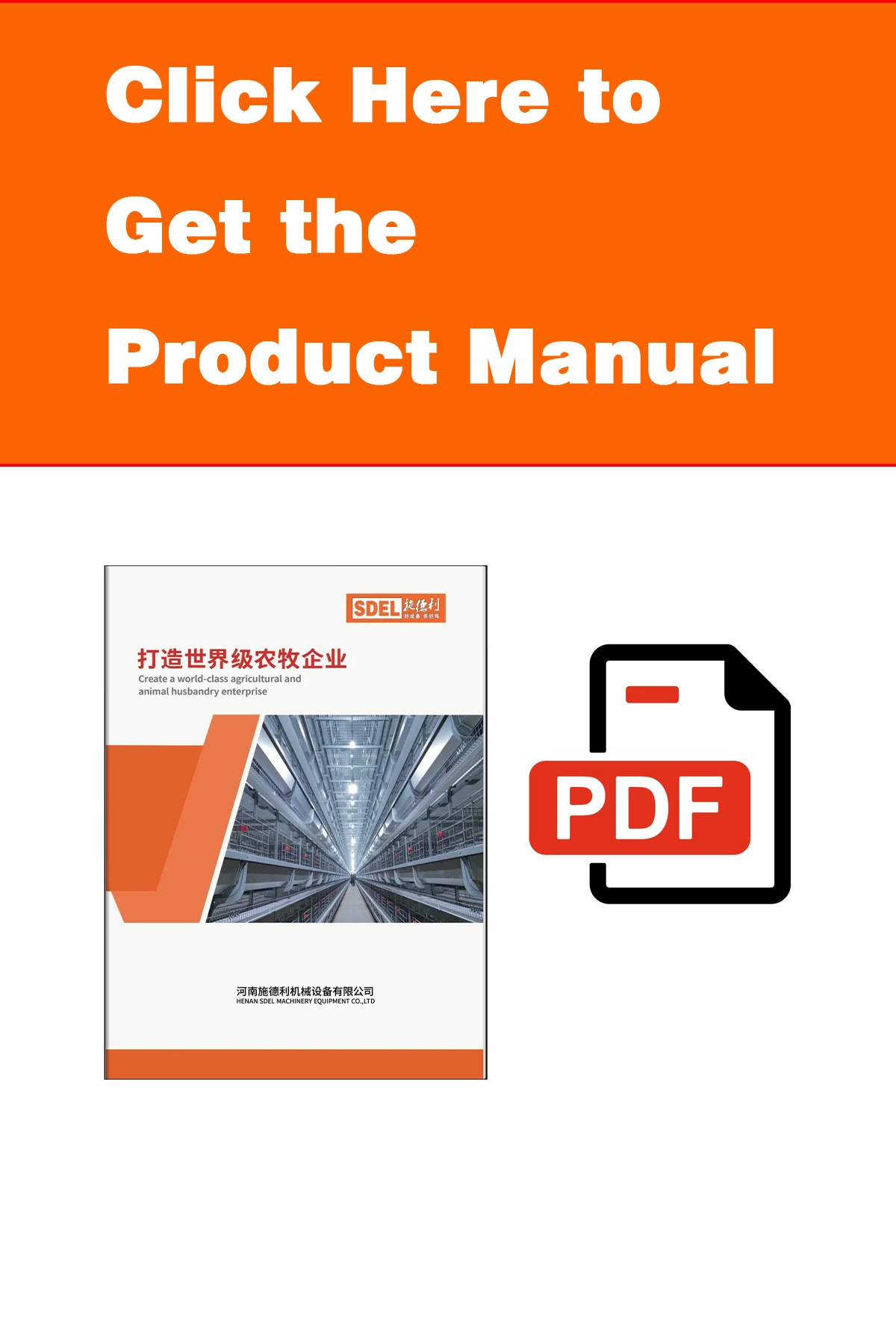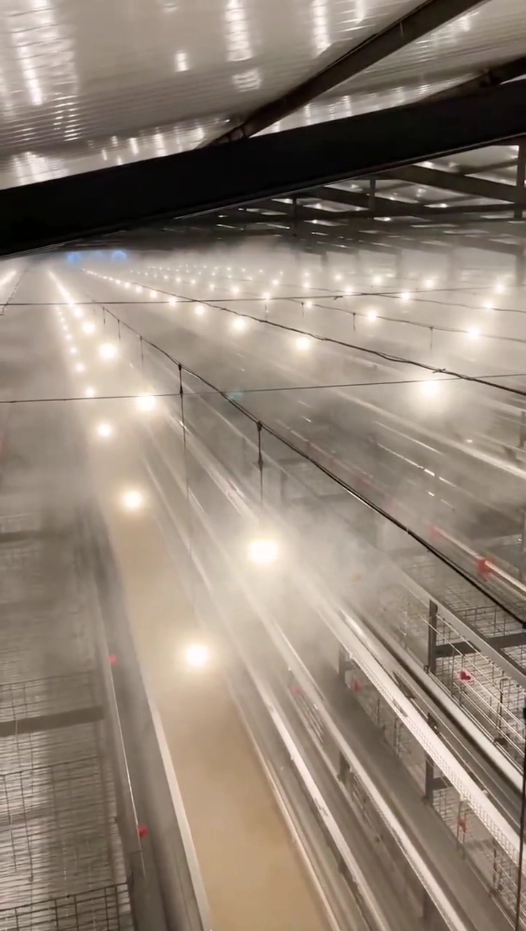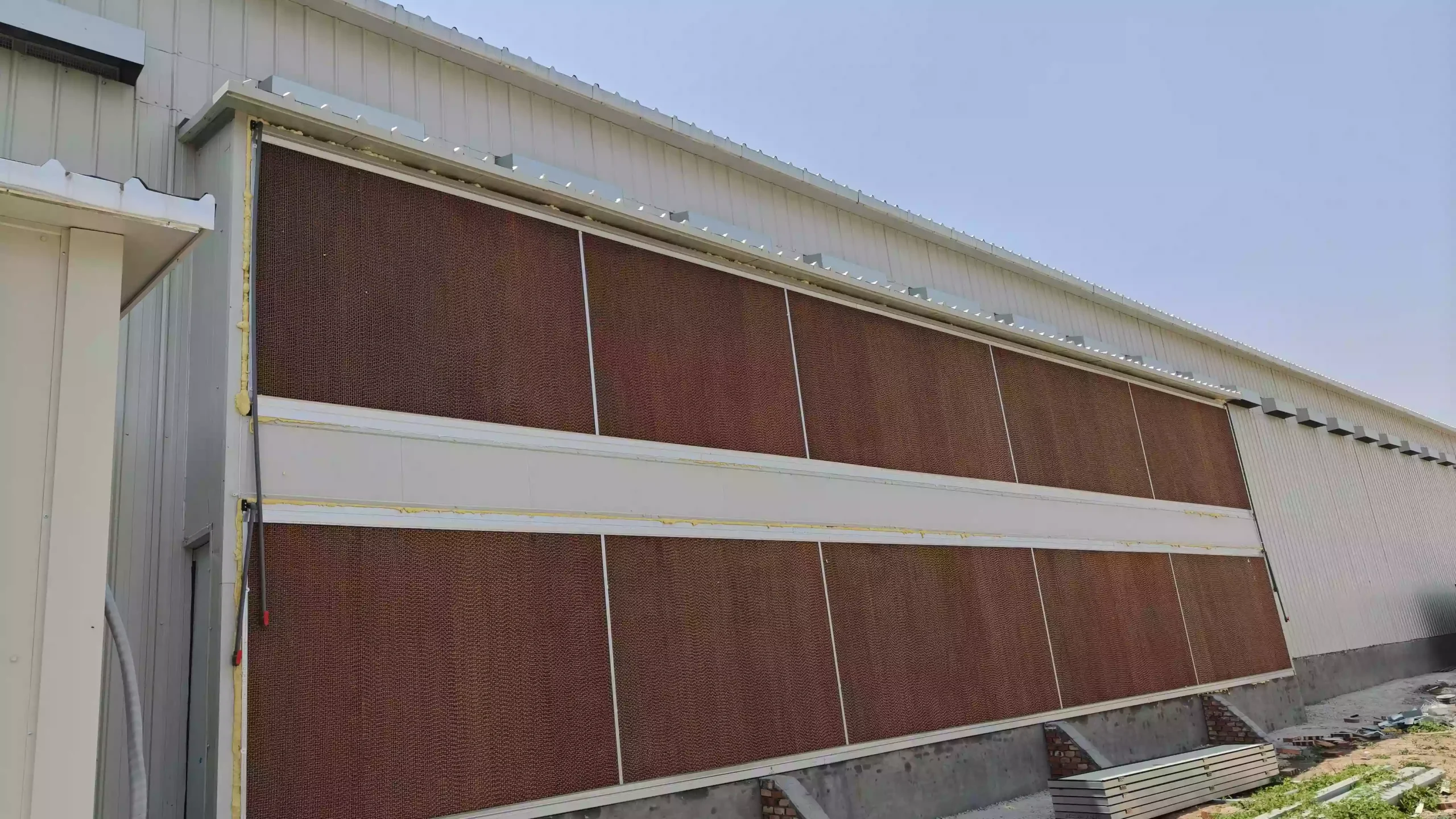How to start a chicken egg farm:rent poultry farming analysis
Here’s the conclusion: For beginners, renting a poultry farm is a more cost-effective option. This assumes that your local market offers well-developed leasing options for poultry farms and that the available facilities are relatively new. Below is an analysis of why this is the case, taking China’s market conditions as an example:
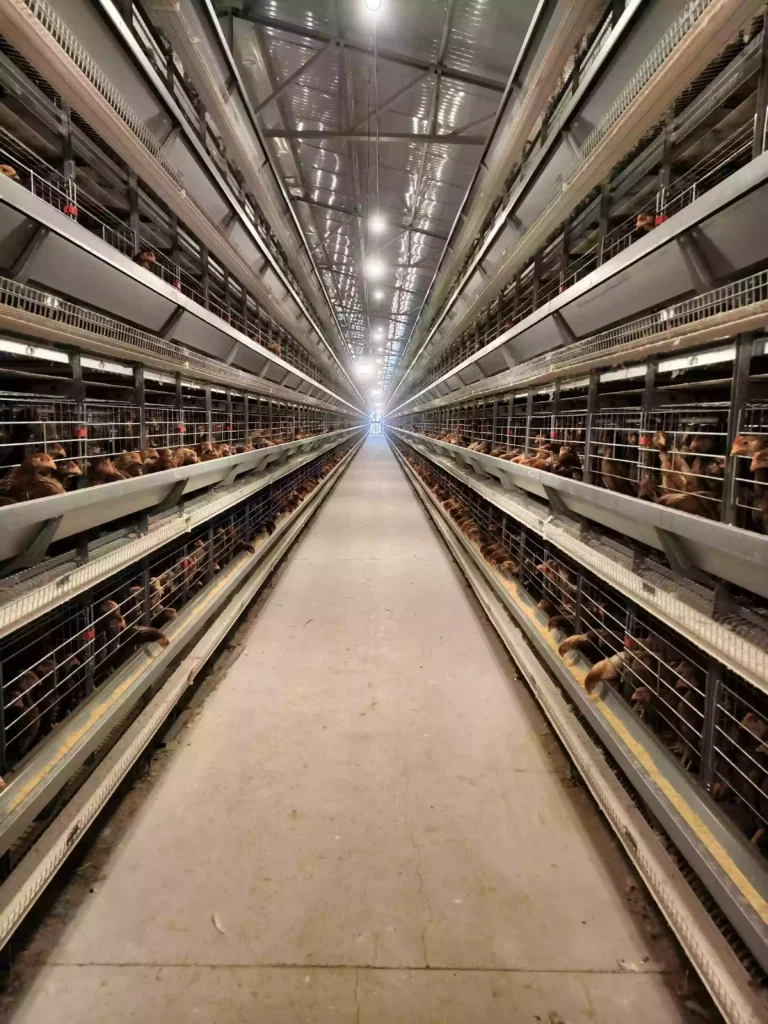
I. How to start a chicken egg farm: Rent or Build Housing?
Conclusion: Beginners should strongly consider RENTING!
Poultry farming has high entry barriers, requiring significant capital, specific expertise, and risk tolerance. Building your own farm demands major fixed-asset investments and a long cycle (at least 2 years), with on-site management essential. Renting significantly reduces initial costs and risks.
Core Principles for Renting:
- Equipment Age: Prioritize renting post-2021 facilities, with the minimum standard being post-2016 equipment.
- Reason: 2016 marked industry-wide equipment upgrades (A-type → stacked cages), and post-2021 facilities offer higher automation with lower failure rates.
- Rental Cost Reference:
- 60K-100K birds/single house: RMB 8-10/bird/year (facilities <3 years old)
- <50K birds scale: RMB 6-8/bird/year
- Facilities >3 years old may discount RMB 1-2/bird, but carefully evaluate hidden risks (e.g., fan efficiency, temperature control stability).
II. Three Critical Recommendations for Beginners
- Scale Recommendation: Start with 20K-50K birds (single house)
- Too small (<20K) leads to high per-unit costs; too large (>50K) drastically increases management complexity. 20K-50K is the optimal balance of risk and return.
- Pullet Selection: Only choose from large-scale suppliers
- Large suppliers offer stable breeding sources, clear age verification, and high antibody levels. Good pullets are 80% of success. Avoid cheap, unknown sources.
- Feed Selection: Opt for large-brand complete feeds
- Choose widely-used large-brand complete feeds among local farmers for consistent quality. Beware of high rebate traps—higher rebates often indicate inferior raw materials.
III. 3 Must-Know Issues for Beginners
- Technical Support: Hire locally reputable technical advisors
- Disease prevention and daily management rely on experience. Hiring a locally verified, reputable technical consultant is far more reliable than self-learning.
- Sales Model: Insist on “whole-farm purchase + payment-upon-loading”
- Sign exclusive purchase agreements with buyers, ensuring payment is made immediately upon loading. Accept a slightly lower price to guarantee fund security and avoid payment delays.
- Cost Control: Precisely calculate initial investment
- For a 30K-bird rented operation, total pre-laying (140 days) investment is as follows:
| Item | Cost (RMB/bird) | Remarks |
|---|---|---|
| Rental Cost | 7-9 | |
| Pullets | 17.5 | Current market average |
| Feed (60-140 days) | 18 | |
| Healthcare & Vaccines | 1.5 | |
| Labor & Utilities | 1 | |
| Total | 45-47 |
- Total for 30K birds: RMB 45/bird × 30,000 = ~RMB 1.35 million. This is the required working capital before production begins.
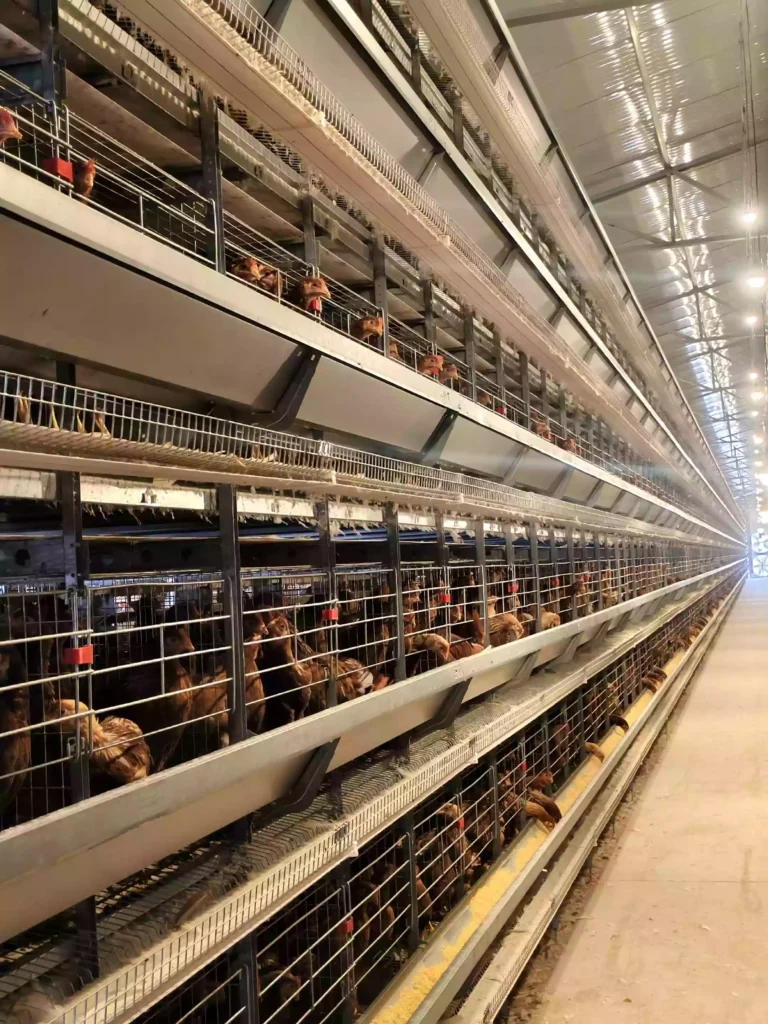
IV. How to start a chicken egg farm: Success Formula for Beginners
Success = (Renting Modern Housing + Choosing Top Pullets & Feed) × (Local Technical Advisor + Exclusive Sales Agreement)
For those starting out:
- Start small: Begin with 20K-50K birds to gain experience.
- Save wisely: Don’t cut corners on pullets, feed, or vaccines—save on fixed assets (by renting).
- Cash flow is lifeline: Insist on “payment-upon-loading” to ensure rapid fund turnover.
Welcome to the industry! For practical questions, contact us!

